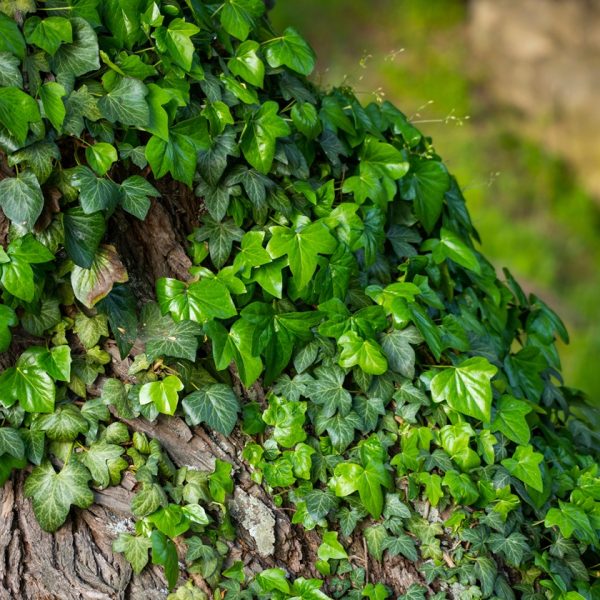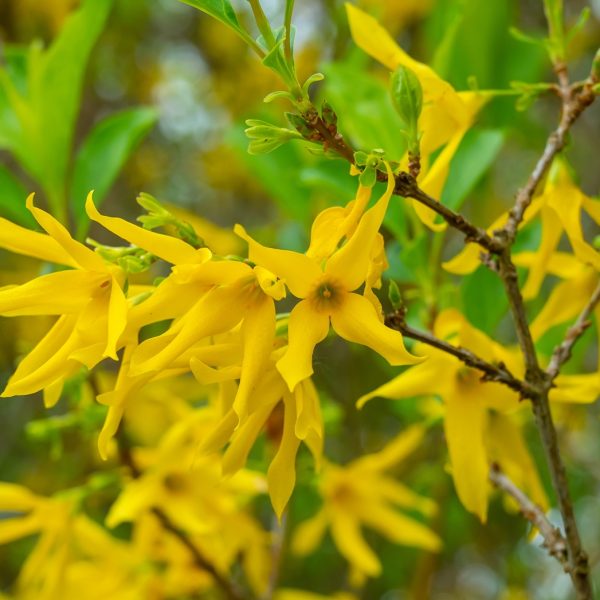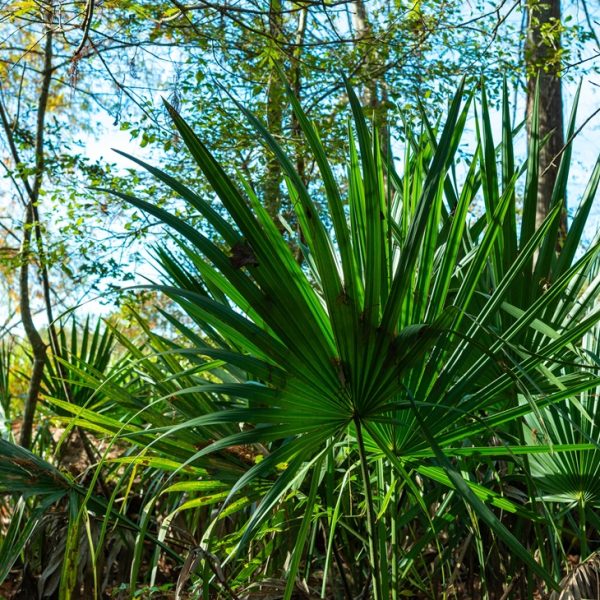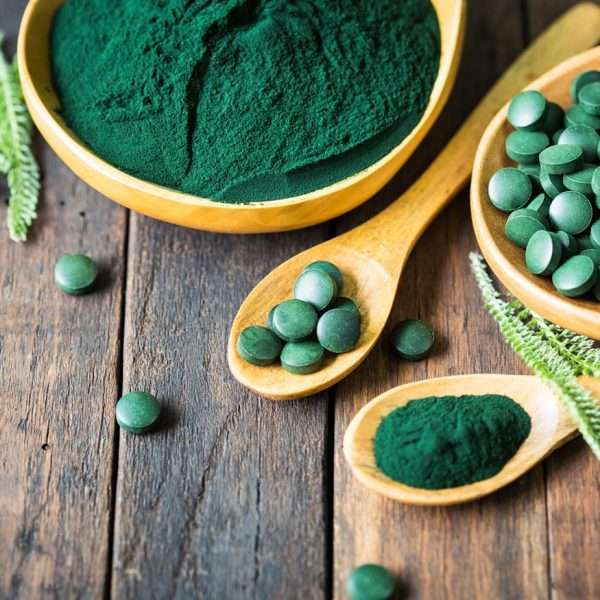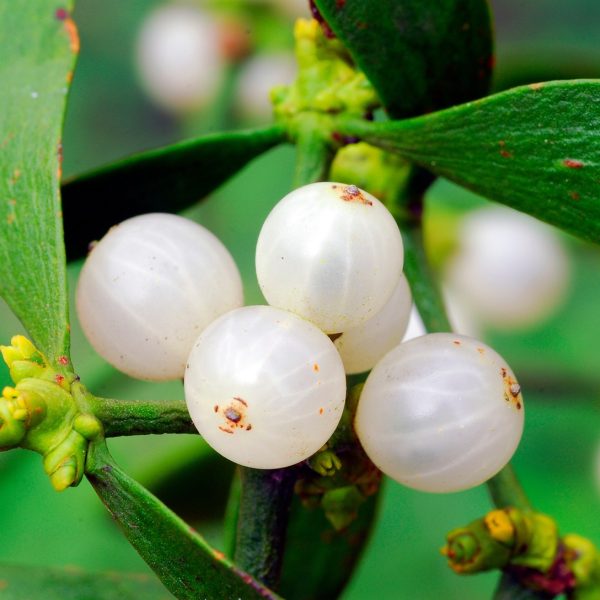This study discovers the effect of shatavari with resistance training on a number of repetitions and weight lifted in older women, and proteomic changes in both age groups.
In this article, we discuss the shatavari supplementation during eight weeks of resistance training increases training load, enhances skeletal muscle contractility and alters the skeletal muscle proteome in older women (1).
Plant name and species
Shatavari (Asparagus racemosus).
Aim of study
To examine the effects of shatavari supplementation on resistance training outcomes and muscle function in young and postmenopause women.
This is the second of two research seeds describing recent research on shatavari which used a supplement without resistance training. You can also read the first shatavari research seed “Shatavari: Musculoskeletal health in postmenopausal women“.
Study method

The paper is a write-up of two double-blind, placebo-controlled studies on younger and older women. Participants attended the laboratory four times: firstly for initial screening, for baseline muscle function tests, for a biopsy, and then final tests post-supplementation.
The following assessments were made:
- Health screening questionnaire
- Handgrip strength via a dynamometer
- Lower limb knee extensor muscle strength via a dynamometer
- Leg press exercises
- Three-day food diary prior to visits 3 and 4
- Muscle protein immunoblotting from a vastus lateralis biopsy
- Skeletal muscle fibre size determined in cryosections of vastus lateralis muscle.
- Neuromuscular function of biceps femoris (BF) and vastus lateralis (VL) using electromyography
- Proteomic analysis of muscle biopsies was carried out.
The aim was to combine the effects of supplementation with an eight-week leg resistance training programme. Knee extensor and leg press exercises were used, and these increased in numbers of repetitions and the weight of the test over the weeks using a programme tailored to each participant. The goal of this combined approach was to more strongly improve musculoskeletal outcomes over and above shatavari alone as seen in previous research.
Herbal preparation
Participants consumed two capsules per day of either shatavari root powder (500 mg powder equivalent to 13,250 mg fresh weight) or placebo (magnesium stearate, 500 mg/capsule). Capsules were odour-free and visually identical. The capsules were consumed for eight weeks. The shatavari powder was organic and provided by Pukka Herbs Ltd.
All participants undertook the resistance training programme, so within the statistical tests, shatavari is compared to placebo in combination with the training.
Sample size
Twenty-six postmenopausal (≥55 yr) and 18 younger women (18–35 yr) were recruited. Numbers completing the trial were 22 older and 17 younger women with the following characteristics respectively: older 62.7 ± 5.3 years, BMI 24.7 ± 3.9 kg.m–2; younger 22.9 ± 5.1 years, BMI 24.0 ± 3.0 kg.m–2.
Exclusion criteria for older women included those who were <1-year post-menopause. For the younger women, those with self-reported or diagnosed menstrual irregularities (amenorrhea, anovulation, oligomenorrhea) were excluded. There were other exclusion criteria relating to health and medication.
Results of study
For older women, shatavari significantly increased the number of leg press repetitions achieved across the eight weeks, but not knee extensor repetitions. The leg press tests the strength of the several muscle groups (quadriceps, hamstrings, and gluteal muscles) whereas knee extensor tests the quadriceps.
In the older group, the maximum weight lifted each week for leg press and knee extensions also improved significantly over eight weeks for the shatavari takers.

In the younger women’s group, shatavari had no impact on either repetitions or the weight lifted.
Shatavari supplementation combined with leg resistance training did not significantly alter muscle fibre size in younger or older women compared to the placebo. There was no change in handgrip strength in the women taking shatavari compared to the placebo group.
In the neurological tests, for the older group, shatavari supplementation shortened the half relaxation time (HRT, or time taken for the muscle to relax from half of its peak force). In this group there was no change in the peak twitch amplitude (the biggest force produced by the muscle), whereas this measure increased in the younger cohort.
In the postmenopause group, shatavari supplementation was associated with increased expression of acute phase protein and innate immune system proteins. In younger women, shatavari saw reductions in proteins associated with haemostasis, acute phase (found in the blood plasma that react in response to infection, inflammation or injury), phagocytosis and the complement cascade (a series of proteins that circulate in the blood that activate as part of the immune response).
For the postmenopause group, proteins related to striated muscle contraction were decreased, and there were no such changes in the younger group. In the postmenopause group, proteins related to rRNA processing and translation were reduced, and there were no such changes in the younger group.
Details of other proteomic changes are also provided.
Discussion
This study is a follow-up to two previous publications with the aim this time to understand the effects of shatavari supplementation in both younger and postmenopause women in combination with leg resistance exercise, whereas the past research used shatavari without exercise (2, 3).

Shatavari supplementation for eight weeks increased leg press performance in older but not younger women. This wasn’t associated with an increase in skeletal muscle fibre size as might be expected. In the previous study (2), tests showed there was enhanced muscle contraction by observing increases in myosin protein expression in leg muscle biopsies. In the present study neurological tests enabled contraction to be observed in real-time. Shatavari supplementation shortened the half relaxation time (time taken for the muscle to relax from its peak) in older women, suggesting there was more resilience within the muscle. Shatavari enhanced the peak twitch amplitude in younger women as an indication of improved contractility response.
The proteomic results showed contrasting effects of shatavari supplementation between groups, with increases in proteins relating to the innate immune system and acute phase in older women, but these were diminished in the younger group. The older group also revealed a decrease in proteins related to striated muscle contraction, transcription and translation. This was similar to results observed in the group’s earlier proteomic study (3).
Why did the leg press performance improve but not the knee extension test?
The authors suggest that the knee extension was performed first so may have tired the leg press muscles sufficiently to enhance the effect of shatavari on the leg press results. If the leg press was done first, would there have been a different outcome? The tests do involve different muscle groups and it could be there were improvements to individual muscles that the study design just could not quantify.
Why was there no effect in the younger group?
A previous study on resistance training in young men showed improved strength post-shatavari supplementation at a lower dose (500 mg per day). In the present study, it could be that the group was underpowered (there were too few participants), or the influence of challenges faced with conducting the research (associated with recruitment and data collection) during the pandemic. The neuromuscular tests do suggest a minor improvement in muscle contractility.
Why did shatavari and resistance training upregulate innate immune system proteins?
It is generally accepted that exercise in later life downregulates inflammation, so this is a result where the authors recommend further research, particularly given the polyphenol composition of shatavari associated with immunomodulation. Or it could be during the time of the pandemic, some immune markers were heightened.
How might shatavari be acting?
The differences between the postmenopause and younger women groups could be accounted for by the impact of menopause on muscle health, with a loss of estradiol binding to muscle causing changes to myosin binding and contractility. The author’s previous study showed improvements in muscle contractility and muscle synthesis proteins in a postmenopause group inferring there could be a phytoestrogenic effect (2). Again, in this study combining resistance exercise and shatavari, there were improvements in muscle strength, resilience and contractility. However, changes to oestradiol receptor expression have not been observed in this or the previous study.
Conclusion
Shatavari supplementation for eight weeks improves leg press performance (number of repetitions and weight lifted each week) in older but not younger women undergoing a resistance training programme. This was associated with an improvement in fatigue resistance across the neuromuscular system in older women.
Shatavari increased levels of proteins associated with the innate immune system and acute phase in older women, and diminished proteins related to striated muscle contraction. So the proteomic basis of improvements in leg muscular performance is an area for further research.
Two studies have now shown that shatavari improves aspects of muscle strength in older women, one with resistance exercise and one without. A simple supplement of 1 g per day could lessen the decline in skeletal muscle function that occurs in older age.
Many questions remain — do shatavari phytoestrogens play a role? What is the extent of any antioxidant effects? What is the nature of the immune proteomic changes? As the previous study used shatavari alone, exploration into how the herb can be used in combination with resistance training or other exercise to improve musculoskeletal health in later life, in both women and men, would offer valuable further elucidation of the therapeutic promise of this Ayurvedic herb.
References
- Greed, E. et al (2025). Shatavari supplementation during eight weeks of resistance training increases training load, enhances skeletal muscle contractility and alters the skeletal muscle proteome in older women.Frontiers in Nutrition. 11. https://doi.org/10.3389/fnut.2024.1498674
- O’Leary MF, et al (2021). Shatavari Supplementation in Postmenopausal Women Improves Handgrip Strength and Increases Vastus lateralis Myosin Regulatory Light Chain Phosphorylation but Does Not Alter Markers of Bone Turnover. Nutrients. 27;13(12):4282. https://doi.org/10.3390/nu13124282
- O’Leary MF, Jackman SR, Bowtell JL (2024). Shatavari supplementation in postmenopausal women alters the skeletal muscle proteome and pathways involved in training adaptation. Eur J Nutr. 63(3):869-879. https://doi.org/10.1007/s00394-023-03310-w

